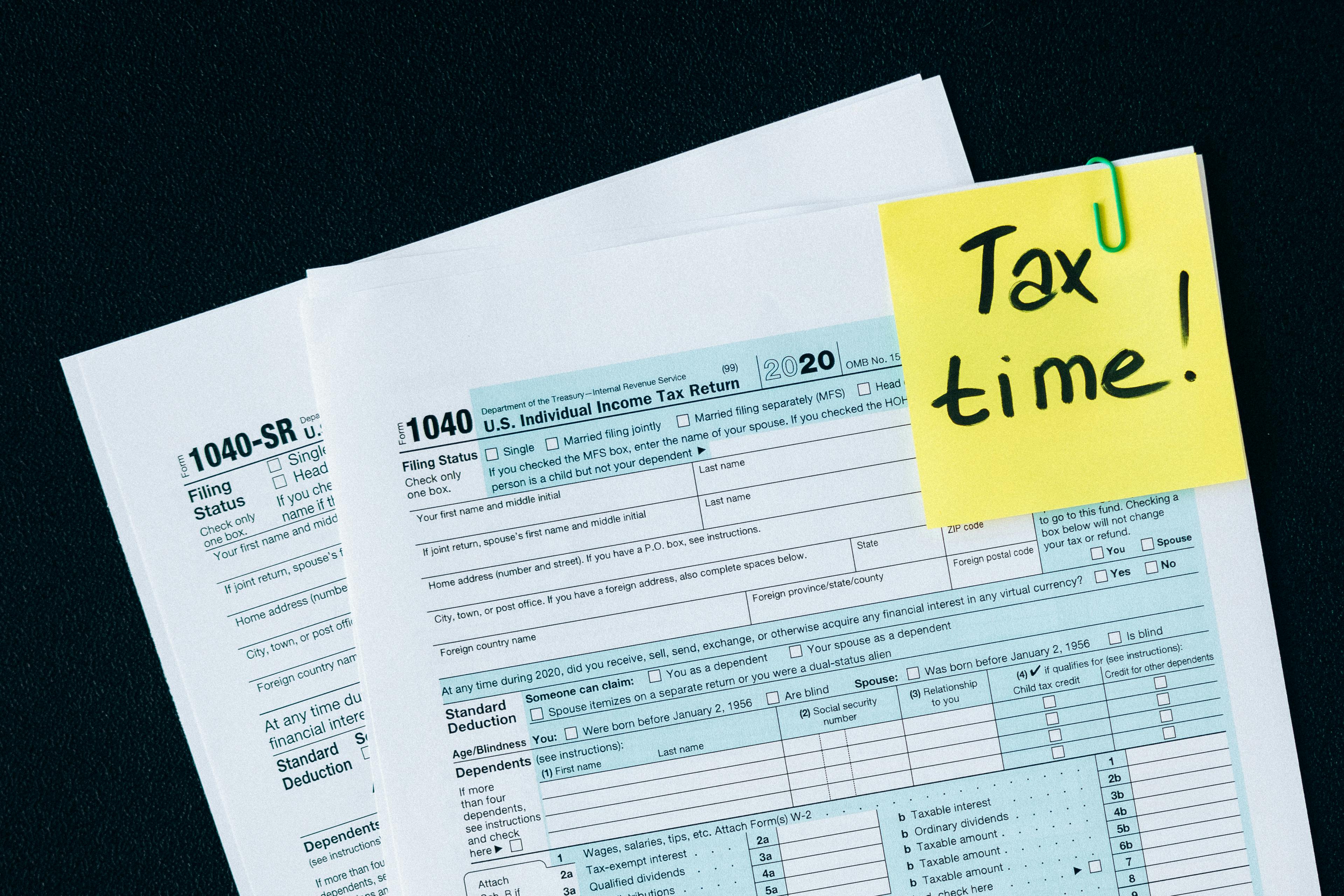As the filing season approaches, understanding the Tax Brackets and adjustments for the 2024 and 2025 tax years can help taxpayers plan effectively and avoid surprises. Federal income tax brackets are adjusted annually to account for inflation, impacting how earnings are taxed based on income levels and filing status. Here’s a breakdown of what to expect.
2024 Tax Brackets
| Tax Rate | Single Filers Income Range | Married Filing Jointly Income Range |
|---|---|---|
| 10% | Up to $11,000 | Up to $22,000 |
| 12% | $11,001–$44,725 | $22,001–$89,450 |
| 22% | $44,726–$95,375 | $89,451–$190,750 |
| 24% | $95,376–$182,100 | $190,751–$364,200 |
| 32% | $182,101–$231,250 | $364,201–$462,500 |
| 35% | $231,251–$578,125 | $462,501–$693,750 |
| 37% | Over $578,125 | Over $693,750 |
2025 Tax Brackets
| Tax Rate | Single Filers Income Range | Married Filing Jointly Income Range |
|---|---|---|
| 10% | Up to $11,925 | Up to $23,850 |
| 12% | $11,926–$48,475 | $23,851–$96,950 |
| 22% | $48,476–$103,350 | $96,951–$206,700 |
| 24% | $103,351–$197,300 | $206,701–$394,600 |
| 32% | $197,301–$250,525 | $394,601–$501,050 |
| 35% | $250,526–$626,350 | $501,051–$751,600 |
| 37% | Over $626,350 | Over $751,600 |

When Can You File Your 2024 Tax Return?
The IRS has announced that the 2024 tax filing season will officially begin on January 29, 2024. Starting on this date, taxpayers can file their returns electronically and submit them to the IRS for processing. This allows individuals to get an early start on organizing their finances, claiming refunds, and ensuring all necessary documents are submitted accurately.
For those looking to file ahead of the rush, IRS Free File is typically available before January 29. This service is particularly beneficial for individuals with simpler returns or lower incomes, as it provides a streamlined, no-cost option to prepare and submit federal returns online. Early filing also offers peace of mind and helps avoid potential delays closer to the peak of the filing season.
Taxpayers should gather all essential documents—such as W-2s, 1099s, and receipts for deductions—well in advance to make the process smoother. Using the extra time to review returns for errors or missing information can also help prevent complications or processing delays with the IRS. Starting early ensures more time to address any questions or concerns that might arise.
Read More:
https://theworldseye.com/top-christmas-travel-ideas-unforgettable-family-trips/
https://theworldseye.com/most-ignored-cancer-symptoms-in-women-and-men/
https://theworldseye.com/rfk-jr-advisers-attempt-to-revoke-polio-vaccine-approval/
When is the deadline for filing a 2024 tax return with the IRS?
The deadline for filing your 2024 tax return and paying any taxes owed is Monday, April 15, 2024. This applies to most taxpayers filing federal income taxes. However, taxpayers in Maine and Massachusetts have until Wednesday, April 17, 2024, due to the observance of Patriots’ Day and Emancipation Day holidays in their respective states
When Is the Last Day to Submit a Request for a Tax Filing Extension?
The deadline to file for a tax extension is the same as the original due date for your federal tax return. For the 2023 tax year (filed in 2024), that deadline is Monday, April 15, 2024. Filing an extension gives you an additional six months to submit your return, moving your new deadline to October 15, 2024.
It’s important to note that an extension to file does not grant an extension to pay any taxes owed. You must estimate and pay any tax liability by the April deadline to avoid penalties and interest.
Tax-Filing Deadline Extensions and Exceptions
Tax-filing exceptions vary across states, and certain states do not impose individual income taxes, simplifying the filing requirements for residents. As of now, nine states do not require residents to pay state income tax: Alaska, Florida, Nevada, New Hampshire, South Dakota, Tennessee, Texas, Washington, and Wyoming. However, note that New Hampshire only taxes interest and dividend income, which applies to a small group of individuals.
For nonresidents or individuals with cross-state income, states like Arkansas, Delaware, Kansas, Michigan, and Nebraska have stricter nonresident filing obligations. These require nonresidents earning income within their state to file a tax return even if the income is minimal.
Additionally, some states offer specific exemptions, such as on sales taxes or through certain programs, depending on individual eligibility. Residents should check their state’s revenue department for detailed information.
When Will I Receive My Tax Refund? Understanding the Timeline
According to the IRS, most refunds are issued within 21 days if you file electronically and choose direct deposit. If you file a paper return, it typically takes four weeks to process after mailing. Prior-year returns filed electronically may take three to four days before their status is available for tracking.
To track your refund status, you can use the IRS “Where’s My Refund?” tool or the IRS2Go app. The tool updates daily, typically overnight.
Refunds may take longer if the return requires additional review due to errors or if it includes claims for certain tax credits like the Earned Income Tax Credit (EITC) or the Additional Child Tax Credit (ACTC). The IRS encourages taxpayers to ensure their returns are accurate to avoid delays.
Key Takeaways
- Progressive Taxation: The U.S. tax system remains progressive, meaning each portion of income is taxed at the corresponding rate within its bracket.
- Standard Deductions: For 2024, the standard deduction for single filers is $14,600, and for married filing jointly, it is $29,200. For 2025, these are adjusted for inflation.
- Impact on Tax Planning: Higher brackets and standard deductions mean some taxpayers may fall into lower effective tax rates. Early planning, such as deferring income or increasing contributions to tax-advantaged accounts, can further reduce liability.
Why It Matters
Taxpayers benefit from knowing these changes to optimize deductions, estimate refunds, and ensure compliance. While these brackets are federally mandated, state taxes can vary, requiring a broader strategy for overall tax planning. Always consult a tax professional or use trusted tax software for accurate filing.